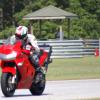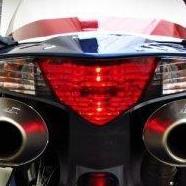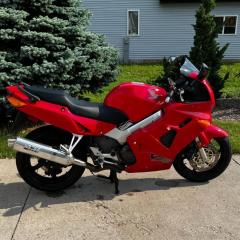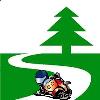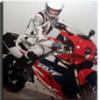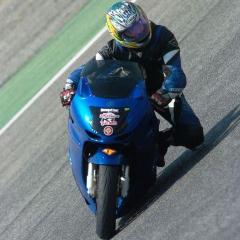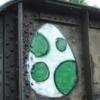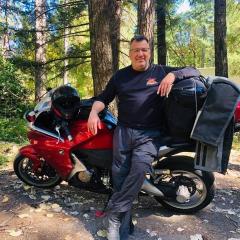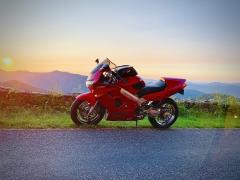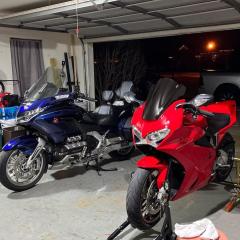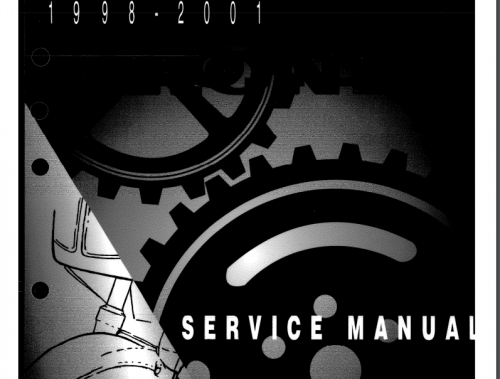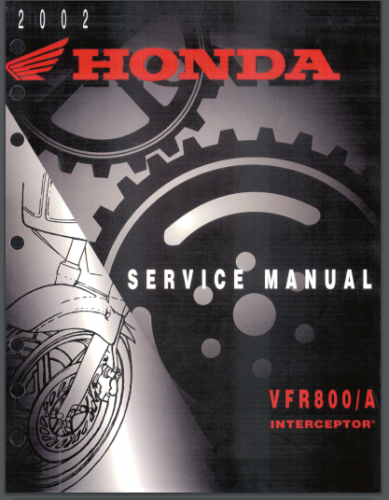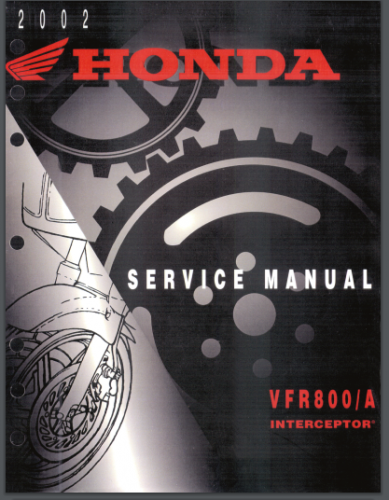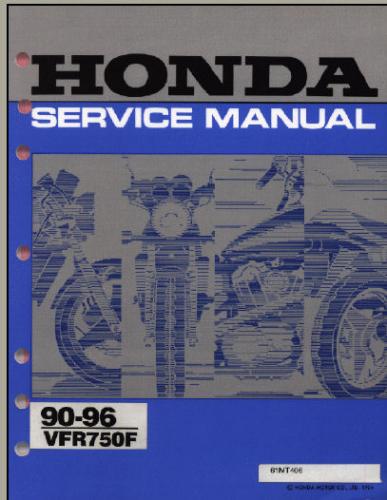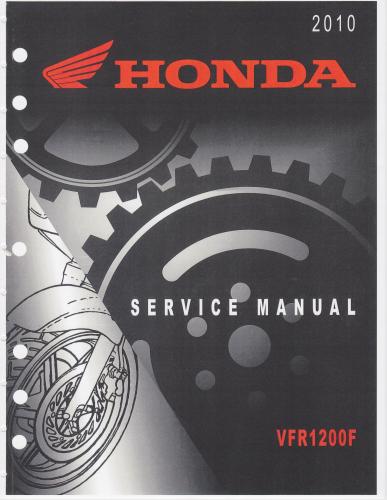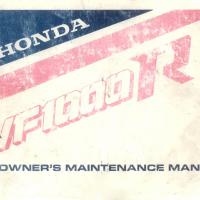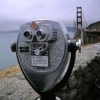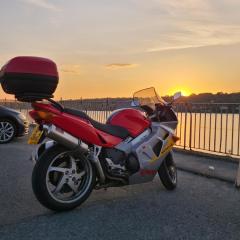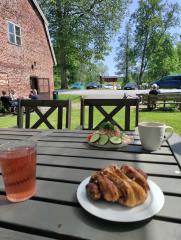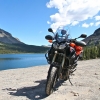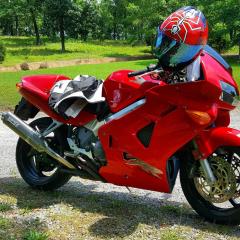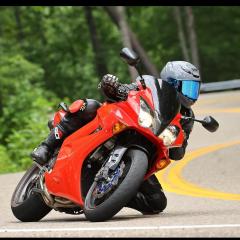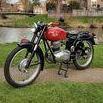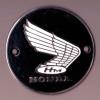-
Featured Gallery Photo
All Activity
- Today
-
Thanks for your reply, Terry. We suspect that the thermostat might not be opening fully, and that’s why we're planning to remove it and test without it — just to be sure. The radiators checked out fine, so that's one thing off the list. For now, though, I have to wait for the workshop. Unfortunately, my timing couldn’t be worse — Greece is currently experiencing its first major heat wave, and everyone seems to be overheating… bikes, cars, people 😅 Hopefully by Monday, I’ll have a proper update!
-
I hear a small squeal, but it sounds like metal vibration to me. Also, you can "not-earplug" all you want...but that only ensures that you won't be able to hear anything (including your VFR) as you get older. Get the plugs, you can hear the engine and intake just fine with them.
-
Thanks all. I went Amazon Hella H4 and cut the tabs for under $7...and ordered a spare.
-
I bought these 3 years ago and have been very pleased with them: https://www.superbrightleds.com/h4-led-headlight-bulbs-with-internal-driver-fanless-6500k-4-400-lumens-set?queryID=0cf5eadd28de37c3ac952823d4e5204a As with all H4 bulbs, you need to snip the two lower tabs. When I bought them, they were $46/pair They are now $40.
-
Pretty sure I grabbed the bulb reference from a FJR forum actually.
-
Sucker changed their profile photo
-
flstf joined the community
-
Lol, that's my drawing from 2009. I always enjoy seeing my work shared years later in different threads. FYI, most Hondas sold in Europe used "regular" H4 bulbs. Terry, the only parts of the bulb which are subject to the H4 design "specification" for mounting are the tabs. So, while different bulb manufacturers may use similar designs for the "flat part of the base", that's just coincidence/copying each other's designs. I'm sure it makes little difference in the real world (the H4 reflector headlight design being pretty loose to begin with), however. If the bulbs are out of position, the filaments will not reflect the "proper" beam precisely, but it would probably be very difficult to notice the difference on the road. (But I would know, which is why I won't do it. YOCDMV.) Ciao, JZH
-
I don't see a "non-machine shop" way of solving this problem, unfortunately. From the installation instructions and the picture on the Scotts website, it looks like the damper mounting bracket is supposed to sit flush on top of the top clamp, but your VFR's top clamp is not flat. Assuming the raised surface would be able to adequately support that bracket, yes, a machinist should be able to turn an extended nut (with the groove) which would allow the damper mounting bracket to sit flush on top of the top clamp. You might also need to raise the tank flange bracket to match the new position of the top clamp bracket, but that should only require some alloy spacers of the correct thickness. (You might also ask Scotts why they didn't make one for this model, considering they've had 10+ years to do so...) For the new custom steering stem nut, I would probably choose stainless as the material, but I'm not the one who has to work it! Good luck. Ciao, JZH
-
Interesting! Sorry, I am away from my bikes and cannot take any measurements right now, but I have measured rear wheel offsets in the past and was surprised to discover that the offset (from the face of the wheel flange) was identical on every Honda SSSA rear wheel I had measured. (And that included the RC46, RC36, NC24 and RC40.) Looking through some of my previous posts on this topic, however, I had measured from the centre of the wheel to the face of the mounting flange on each wheel, and found a positive offset of 1.0". (Yes, in inches!) Gotta love standardisation. Ciao, JZH
-
Can't see the pics. Clutch diode is all that comes to mind from your description. Ciao, JZH
-
blueskies joined the community
- Yesterday
-
I hear a moan like tire noise or a drive chain too tight... check pressure and slack...
-
FWIW I have no previous comparison, but my sixth generation has been "dropping" the first fuel block at 3.8, 7.9, 14.1, and 10.8 miles the times that I noticed, but I'm thinking since the bike was new to me, I was inconsistent in my fill ups. Mostly stuck in 3rd gear and below riding around here (only a couple of highway trips) and getting anywhere from 29 to 33.7 mpg.
-
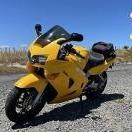
Intermittent low idle / stalling and lack of power.
Terry replied to booneylander's topic in Sixth Generation VFR's
If you look at the troubleshooting guide in the service manual for poor low speed/idle performance, the recommended checks in order are as follows: 1. Spark plugs 2. Ignition timing 3. FI faults 4. Starter valve synchronization 5. Intake pipe leakage There is no mention there of the FPR but you'd assume anything within the fuel system that interferes with normal injection could be an issue e.g. fuel pump, regulator, blocked injectors, vacuum leaks. I'd be suprised if the FPR could have an intermittent fault as it is purely mechanical operated by intake vacuum on a diaphragm, that will either work or it won't. I have read that failing fuel pumps can be a bit intermittent and worse when the tank is low. I'd start with new plugs and see whether that resolves the issue. -
Slavikvfr joined the community
-
andy1303 joined the community
-
Sorry for resuming such an old post, but I'm interested in the topic. The main thing to me is not how to install the new swingarm; the real thing is... how con we handle the exhaust pipes? Have they room enough?
-
Picked up a 2002 VFR with 28k km a few weeks ago and just getting used to it. Everything has been great with it, except... A couple days ago as I was riding I noticed at a stoplight the bike idling lower than usual, probably 600-800rpm instead of the usual 1200ish rpm. Left the light and the bike was hesitating a bit, shifted a couple gears and it cleared up and then ran fine again. Ran perfect for a few days and then randomly did something very similar to me again today. The bike hadn't been ridden a whole lot before I bought it so I was kind of thinking maybe some old varnish inside the tank was getting loose and temporarily messing with the fuel system. I've been reading what I can and it seems like fuel pressure regulator failures are pretty common on these. I was wondering if anyone's experienced something similar and what the issue ended up being, or whether FPR failures are normally intermittent like that, or something else that's common. I'm mechanically inclined and I've been going through the bike bit by bit since I bought it. Normal services are all done, but haven't pulled the plugs yet. Don't think that would be the issue though. This definitely feels like an intermitted fuel supply issue or something electrical. Any theories or information welcomed.
-
No idea how long it takes for the first blob to drop off. I only keep track using "pencil and paper" (actually, using the Fuelly app). Have been getting 6.1L/100km
-
mipe joined the community
-
wackojacko joined the community
-
Yeah, can hear it now.
-
Good morning everyone, Here are the progress and set backs from this week and last weekend. A lot of masking, painting, bleeding, re-masking, airbrushing, repeat. If anything, that job is teaching me patience and accepting my mistakes. Still unsure about what happened about on the "RC36" on the right hand side on the seat cover. Most likely a mix of airbrushing too thick, too soft sanding (p1200) and possibly a bad vinyl ? But once again, that will be adjusted on the next step. Slow and steady wins the race ! 🐢💪
-
Congratulations on your purchase; I am a former VF750F owner and have many fond memories of the bike (but only B&W photos!). Your description of the faults does sound like a bike that has sat for some time, and maybe got parked up by the PO because of the faults. The cooling system doesn't empty itself unless there is a leak somewhere so you should keep your eyes open. At this point I would be thinking that you have pulled some old crud from the fuel tank into the carbs and blocked up the jets. My suggestion would be to remove the carbs (as a set, and don't separate them unless you absolutely need to) and then remove the float bowls. I expect the issue might be obvious at that point but I would then remove the jets and carefully clean them out. The slow speed jets are exceedingly tiny (so very easy to block) and are responsible for idle and slow speed running. Note that the carb float bowls are usually held on by JIS-head screws; if they are hard to turn a Phillips driver will often chew these up, so getting a proper JIS screwdriver might be a sound investment. I would also drain the gas tank fully and see what comes out, and if fitted, look at the fuel filter. Post up some photos of your new bike and whatever you find.
-
Hi and welcome. Where in Croatia are you? I have family near Rijeka, but from Bukovica.
-
silasprusinski joined the community
-
Just bought a 1983 Honda VF750F yesterday. Was told I could drive it home but decided to bring a trailer because it had a few small issues that needed working out. It ran good when I got it home, but the rear brake would lock up and not disengage, and the clutch was sticking. I cleaned out the rear caliper and master cylinder, and the brake is working fine for the most part. I then took it for a 5 minute ride and it seemed to be running hot. I shut it off and checked the coolant, and it was bone dry. After filling it up, I ran the bike and bled the coolant system for about 10 minutes, but the bike was not idling consistently, i kept having to adjust the choke. The bike will now not idle after warming up, I tried adjusting the black idle screw on the back of the carbs and it would run better, but then it would die whenever I gave it gas. I'm not sure how long the bike had been sitting before I bought it. I started tearing it apart to remove the carbs, but I'm nervous that I will mess something up because it was running before. The spark plugs look fine, the oil looks fresh also. Any ideas of what I should look into?
-
Honestly, at lower speeds you really feel it's weight. This is quite apparent in parking lots etc. But once it's up to speeds above 20mph, it becomes surprisingly playful and effortless to manipulate in traffic. It's weight becomes an asset at high speeds, where you'll be very stable.
- Last week
-
-
DCT Impressions and actual operation
MagnaMan replied to MagnaMan's topic in Seventh Generation VFR's
Thanks, Rhonda. I appreciate your honest feedback. How does it fair in low-speed maneuvering with the DCT and linked brakes? All the low-speed techniques I've learned from motor officer trainings rely on feathering the clutch in the friction zone and applying the rear brake. -
You can test the basic functionality of the thermostat without removing it. Start the engine from cold and keep a hand on a radiator as the bike warms up. If the thermostat is working it stays shut until around 78C to just circulate the coolant in the engine. Above that point it starts to open and the now-hot coolant will flow to the cold radiator and you will quickly feel it become to hot to touch. If on the other hand the radiator slowly heats up from the time the engine is started, the thermostat is stuck open.
-
VFRD Mission Statement
For owners of the Honda Interceptor and related Honda V4 motorcycles, for the purpose of mutual help concerning safe riding, maintenance, and performance of their motorcycles.
Contributions - VFRD is a member supported website with no commercial advertising

-
Forum Statistics
-
Total Topics26.3k
-
Total Posts360.9k
-
-
Who's Online (See full list)
-
Member Statistics
-
Upcoming Events
No upcoming events found -
Latest Classifieds
-
Top Downloads
-
-
Popular Contributors
-
Blog Statistics
-
Total Blogs116
-
Total Entries345
-
-
Gallery Statistics
-
Blog Entries
-
Blog Comments
-
By vfrpilot28 · Posted
I enjoyed reading this and seeing your story. For the love of motorcycling! -
By interceptor69 · Posted
Oops. I do believe I know how to post YT videos or they wouldn't be on YT. However I may have screwed up copying the link to the playlist. Thanks for the helpful comment. -
I think that you might not know how to post videos. You're in your YT studio in these links. You need the link to the actual video.
-
-
Most Contributions

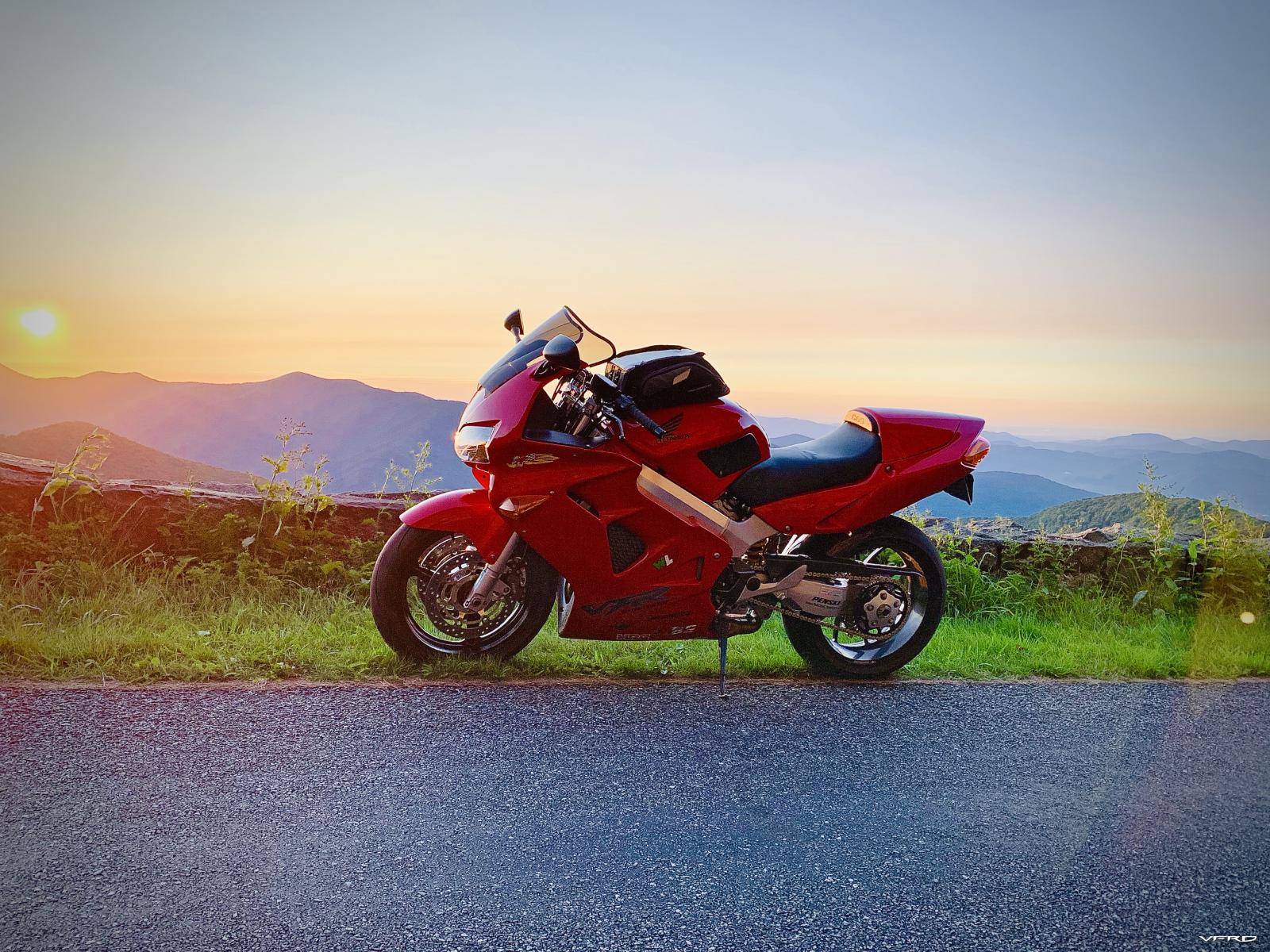 fullsizeoutput_db6
fullsizeoutput_db6
